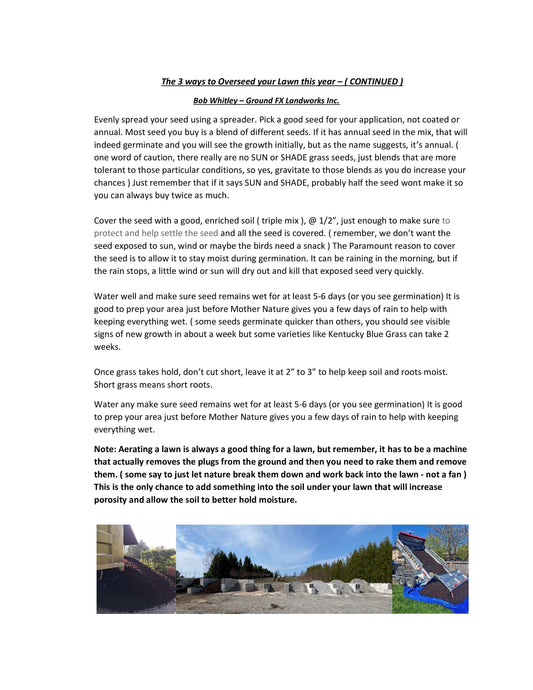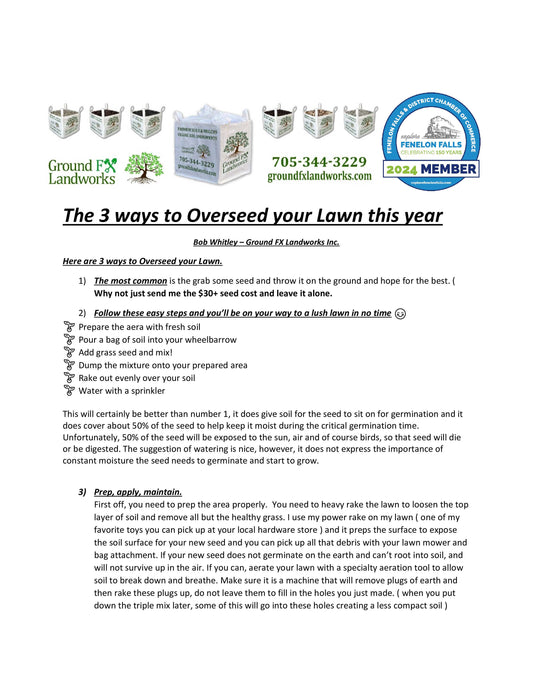Introduction:
Generally, horticulturalists group six main types of soil. ( See below ) Here, particle size categorizes each type of soil. Smaller particles make for a denser compact soil providing less space for air and water to pass through, hence, larger particles provide more airflow and faster draining.
- Silt Soils:
Silt is actually small particles of rocks and minerals. They drain well and can still hold moisture. Unfortunately, Silt easily becomes compacted.
- Clay Soils:
Clay soils are very dense because of their small particle size. They are good at retaining moisture and nutrients.
- Chalky Soils:
Chalky soils generally lack the nutrients required for good gardens or lawns. They vary in density and tend to be more alkaline Ph than other soils.
- Sandy Soils:
Sandy soils are comprised of larger granular particles allowing for ease of use. They are excellent for drainage but lack the nutrients required for gardens.
- Peat Soils:
Peat is used mostly in compost and not often found in gardens. Peat is mainly organic matter, retains moisture well, however, is acidic and lacks nutrients.
- Loamy Soils:
Loamy soils combine the qualities of clay, sand and silt. They retain their openness allowing for ease of use and are fertile and contain lots of nutrients. Loamy soils are an excellent amendment for gardens.




